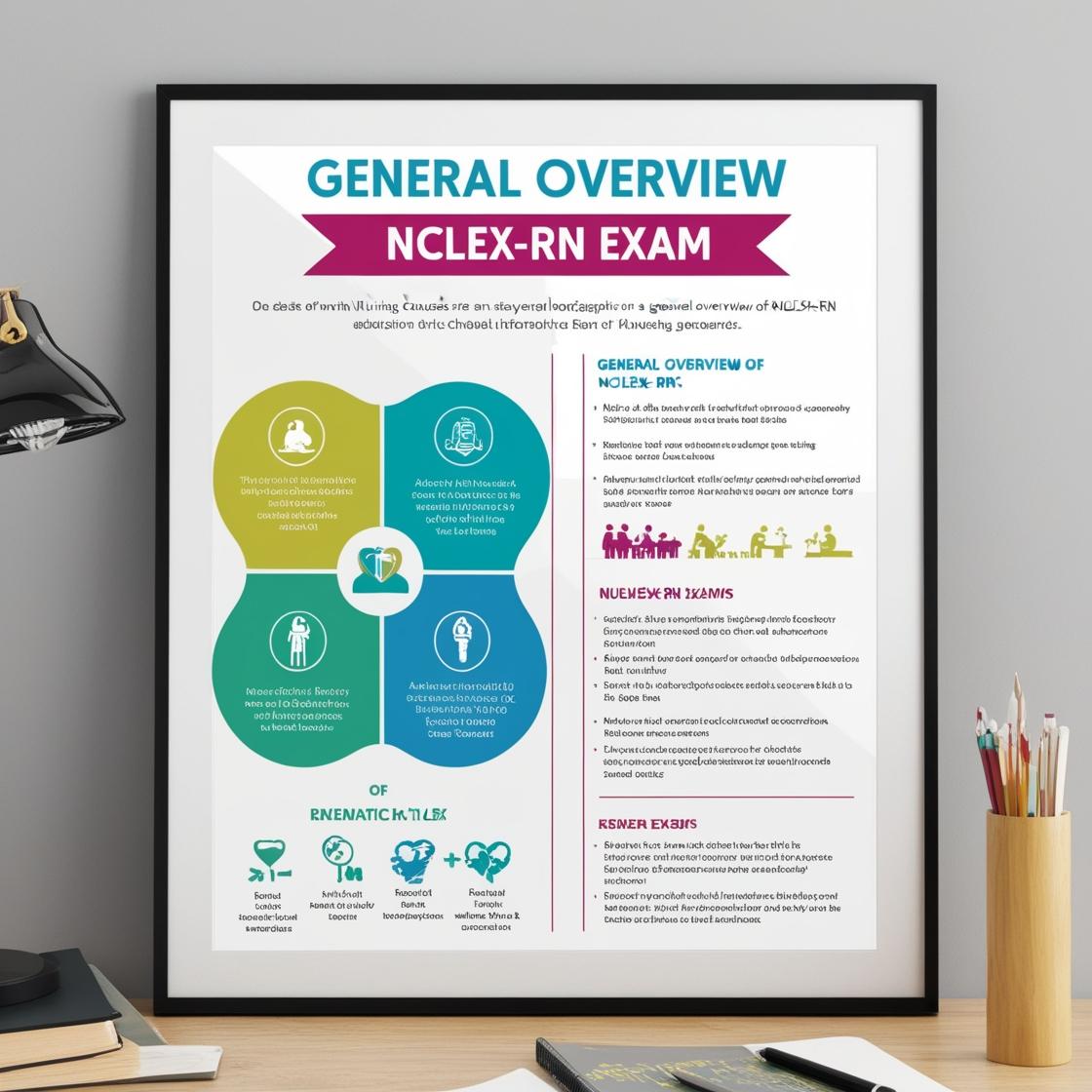NCLEX-RN
Psychosocial Integrity NCLEX RN Questions
1. The nurse is teaching an obese client, newly diagnosed with arteriosclerosis, about reducing the risk of a heart attack or stroke. Which health promotion brochure is most important for the nurse to provide to this client?
- A. Monitoring Your Blood Pressure at Home
- B. Smoking Cessation as a Lifelong Commitment
- C. Decreasing Cholesterol Levels Through Diet
- D. Stress Management for a Healthier You
Correct answer: C
Rationale: The most important health promotion brochure to provide to an obese client newly diagnosed with arteriosclerosis is one focused on decreasing cholesterol levels through diet. Arteriosclerosis is significantly influenced by excess dietary fat, especially saturated fat and cholesterol. Monitoring blood pressure at home, while important, does not directly address the underlying cause of arteriosclerosis. Smoking cessation and stress management are crucial for overall cardiovascular health, but lowering cholesterol through diet takes precedence in this scenario.
2. The mental health nurse plans to discuss a client's depression with the health care provider in the emergency department. There are two clients sitting across from the emergency department desk. Which nursing action is best?
- A. Only refer to the client by gender
- B. Identify the client only by age
- C. Avoid using the client's name
- D. Discuss the client another time
Correct answer: D
Rationale: The best nursing action is to discuss the client another time to ensure confidentiality. It is important to maintain the privacy of the client's information, so discussing sensitive topics like depression in a public area where conversations can be overheard is not appropriate. While options A, B, and C may seem like ways to protect the client's identity, they do not guarantee confidentiality since details like gender or age can still lead to identification. Therefore, the nurse should prioritize privacy and confidentiality by finding a more suitable time and location to have a private discussion about the client's concerns.
3. The client with partial-thickness (second-degree) and full-thickness (third-degree) burns is at risk of infection. What intervention has the highest priority in decreasing the client's risk of infection?
- A. Administration of plasma expanders
- B. Use of careful handwashing technique
- C. Application of a topical antibacterial cream
- D. Limiting visitors to the client with burns
Correct answer: B
Rationale: The correct answer is the use of careful handwashing technique. Proper handwashing is the most effective way to prevent the transmission of infectious organisms. Option A, administration of plasma expanders, addresses hypovolemia in burn patients but does not directly decrease the risk of infection. Option C, application of a topical antibacterial cream, is beneficial but not as effective as proper handwashing in preventing infection. Option D, limiting visitors, may help reduce the risk of exposure to pathogens but is not as critical as ensuring healthcare providers maintain strict hand hygiene, which is the cornerstone of infection control in any healthcare setting.
4. The nurse selects the best site for insertion of an IV catheter in the client's right arm. Which documentation should the nurse use to identify the placement of the IV access?
- A. Left brachial vein
- B. Right cephalic vein
- C. Dorsal side of the right wrist
- D. Right upper extremity
Correct answer: B
Rationale: The correct answer is the right cephalic vein. The cephalic vein is a large and superficial vein commonly used for IV access. Documenting the specific anatomic name of the vein used for IV access, such as the cephalic vein, is essential for accurate medical records. Option A, the left brachial vein, is incorrect as the brachial vein is too deep to be accessed for IV infusion. Option C, the dorsal side of the right wrist, is not a recommended IV access site due to fragile veins and potential pain for the patient. Option D, right upper extremity, is too broad and lacks the specificity necessary for precise documentation of the IV access site.
5. A 20-year-old female client with noticeable body odor has refused to shower for the last 3 days. She states, 'I have been told that it is harmful to bathe during my period.' Which action should the nurse take first?
- A. Accept and document the client's wish to refrain from bathing.
- B. Offer to give the client a bed bath, avoiding the perineal area.
- C. Obtain written brochures about menstruation to give to the client.
- D. Teach the importance of personal hygiene during menstruation to the client.
Correct answer: D
Rationale: The correct answer is to teach the importance of personal hygiene during menstruation to the client. While respecting the client's beliefs, it is essential to provide education on maintaining hygiene during menstruation. This empowers the client with knowledge to make informed decisions. Options A and B can be considered after providing education. Option C, obtaining brochures, is not the priority as direct communication and teaching would be more effective in addressing the client's concerns.
Similar Questions

Access More Features
NCLEX RN Basic
$69.99/ 30 days
- 5,000 Questions with answers
- Comprehensive NCLEX coverage
- 30 days access @ $69.99
NCLEX RN Premium
$149.99/ 90 days
- 5,000 Questions with answers
- Comprehensive NCLEX coverage
- 30 days access @ $149.99
